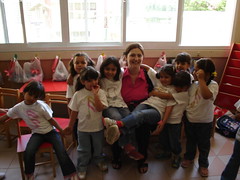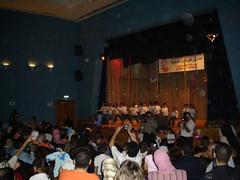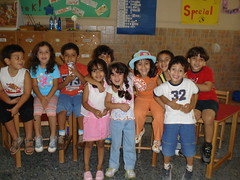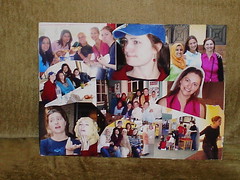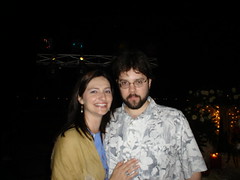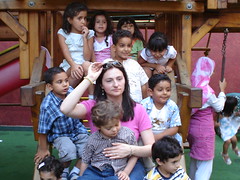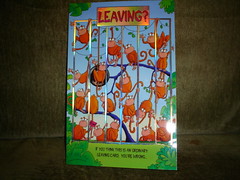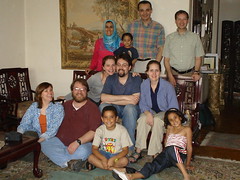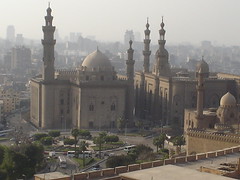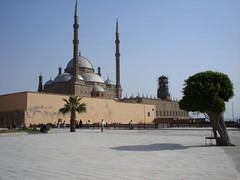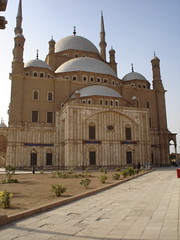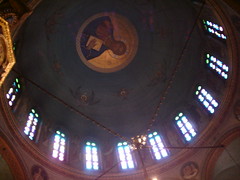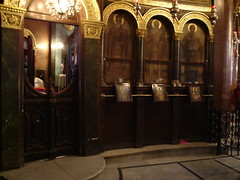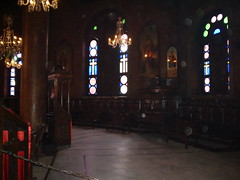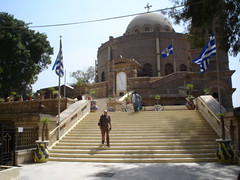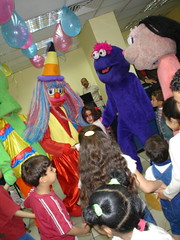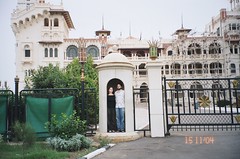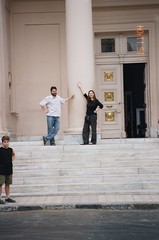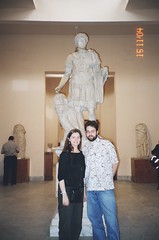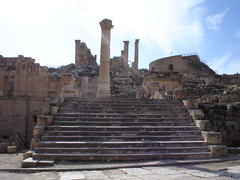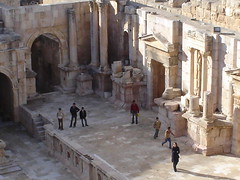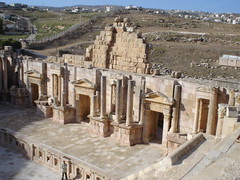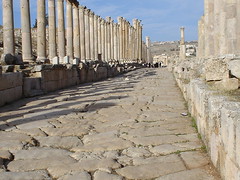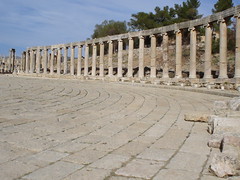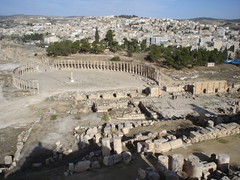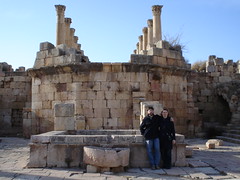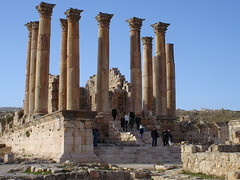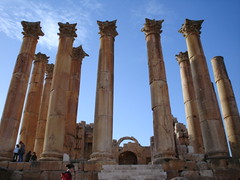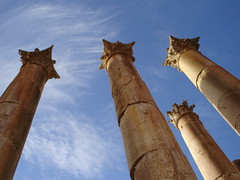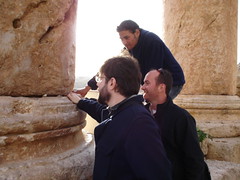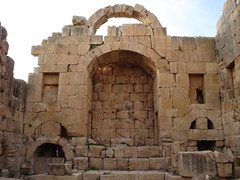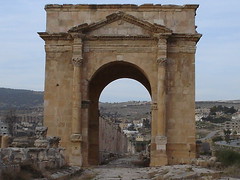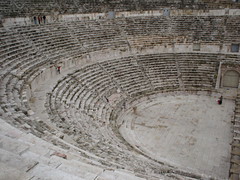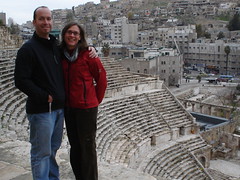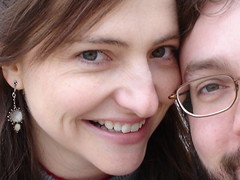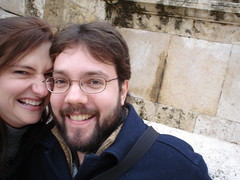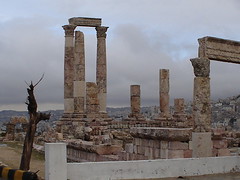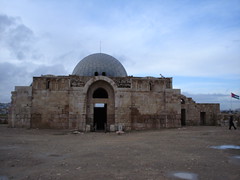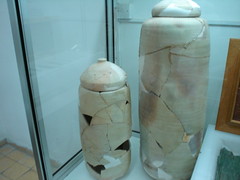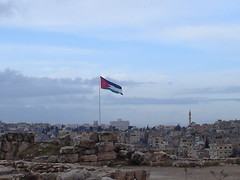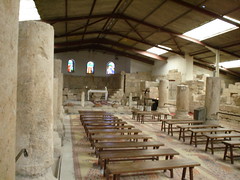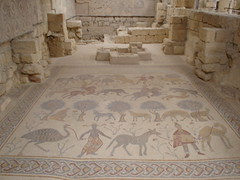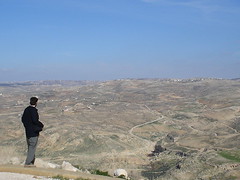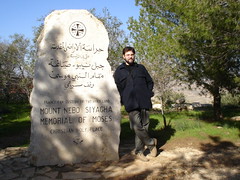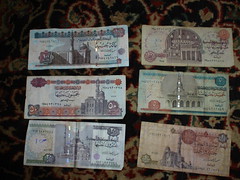Way back in November we took a train-ride through the Nile Delta to visit the coastal city of Alexandria and meet up with an Egyptian friend from school, Dalia, who spends much of her time there. The ride was fascinating. Cairo is very brown and gritty, and even the trees and plants look dusty and depressed. The Delta, however, was lush and green, and the contrast was very pleasing. Farms and orchards and small towns were everywhere on both sides of the tracks, and it was amazing to think that human beings—even the very ancestors of the people we saw working in their fields—had seeded, tended, and harvested crops here for thousands and thousands of years. There was little sign of modern farm equipment, no barns, no large farmhouses. Most of the work seemed to be by hand or with the help of animals. People clearly were not rich, but they were surviving. Cairo, for two hours, seemed like another world.
Alexandria is a city of around 3 million people spread in an arc beside the Mediterranean Sea. The city was founded by Alexander the Great over 2,300 years ago, and is famous for (among other things) once housing a wondrous library which was later on destroyed. Much of ancient Alexandria is under water now, but what remains is wonderful—lively, clean, and filled with the scent of the sea—and proved a welcome change from the dry and noisy bustle of Cairo.
First, there are far fewer people in Alexandria, so the sense of crowding is far less overwhelming. It also helps that the city is stretched out along the water, so that just by traveling along the Corniche (the main road which fronts the sea) you can get just about anywhere while having this huge expanse of space on one side. Second, there are laws in Alexandria against excessive honking so the noise pollution is far less odious than in Cairo. (In Cairo, honking is continuous and, indeed, appears to be a major mode of self-expression.) Just being beside the sea was one of the highlights of our visit. It was vast and cool and as we walked along the Corniche (on a broad sidewalk more or less regularly punctuated by covered islands of concrete roofs with benches underneath) we were pleasantly sprayed with seamist as the waves pounded on the rocks below.
There was a different mood in Alexandria, as well. Less conservative, more cosmopolitan, and more open. Especially along the Corniche (resting on those “islands”) were, at all hours of the day and night, men and women talking, holding hands, leaning close together. This was not something we had seen in Cairo. Or maybe it has nothing to do with conservatism at all—maybe it’s the sea that brings the romance out. (A further interesting note: most all the women we saw engaging in these encounters had their hair covered.)
The sea certainly had a significant effect on us. Our hotel room overlooked it, and the first morning there we just lay there in bed, watching the waves come rolling grayly in for well over an hour, the large windows of our hotel room wide open to allow the fresh, wet wind to rush inside and whirl around the room. I kept imagining ancient Greeks setting sail, or cruising beyond the shoreline, or arriving here from somewhere farther north, from the the island of Delos (the birthplace of Apollo), or from Athens. Though the shore has obviously changed, the sea, I realized, probably looked no different.
Some things do not change.
Aside from some very good food and visiting with Dalia, the two highlights of our trip were the Greco-Roman museum and the new, modern Library. At the museum we saw some mummies (one of which, rather disturbingly, had a blackened, curling toe exposed among its crumbling bandages) and got a close up look at some good statues, including one of the Roman philosopher Marcus Aurelius. (One of Lee’s favorite ancient dead guys.) We also joined gazes with a few of the famous Roman-era mummy masks found at the town of Fayoum. These masks were made of wooden boards with the faces of the dead painted on them. The masks were then placed upon the mummies. The faces on the masks can be quite realistic, looking back at you with large eyes and what appears to be a sad and soulful expression, as if they still are sorry for having to be dead and hope we still remember them. Their brown or olive faces, curly dark hair, and penetrating eyes reminded both of us of people we have seen, alive and well, in Egypt.
Even the dead are, in some strange sense, still living.
A good link for the portraits (in French): http://portraits.fayoum.free.fr/
The new Library, however, was perhaps the highlight of our trip. It is a massive, tilted circle of glass and concrete that, supposedly, can be seen reflecting light far out at sea. Behind the windows rise tier on tier of floors—all under one huge slanted roof supported by tall columns—containing books, reading tables, computers, and librarians behind counters and in offices. The stairs go up and up, level after level, and the library will eventually have 8 million books. In the lower level, meanwhile, there is a fine museum containing many artifacts. After exploring a bit, we decided we needed to actually USE this place, and so we found some books, a table, and just sat and talked and read most of the day. It was great.
In case you want to learn more, here is a link to the library’s website:
http://www.bibalex.org/English/index.aspx
